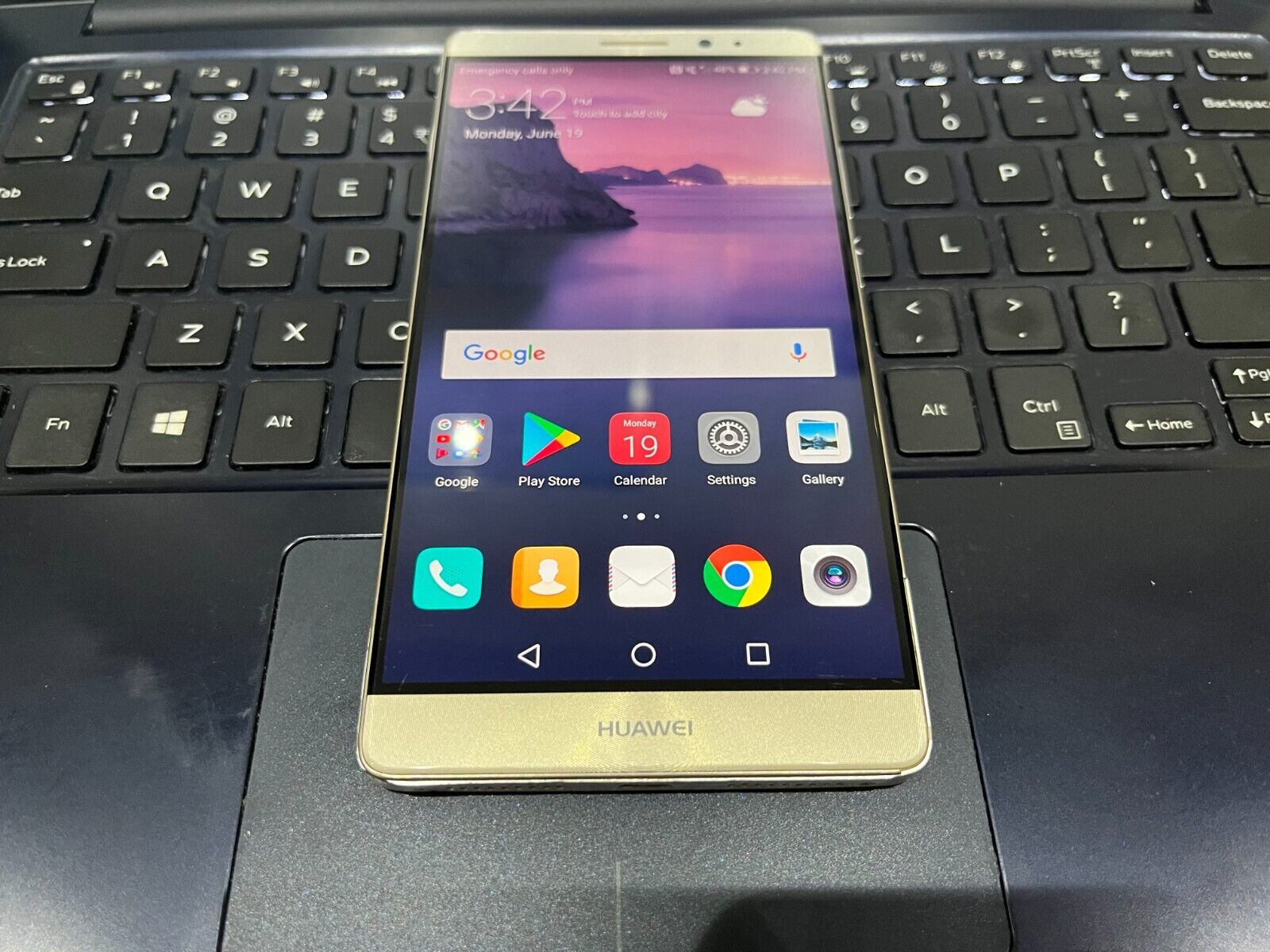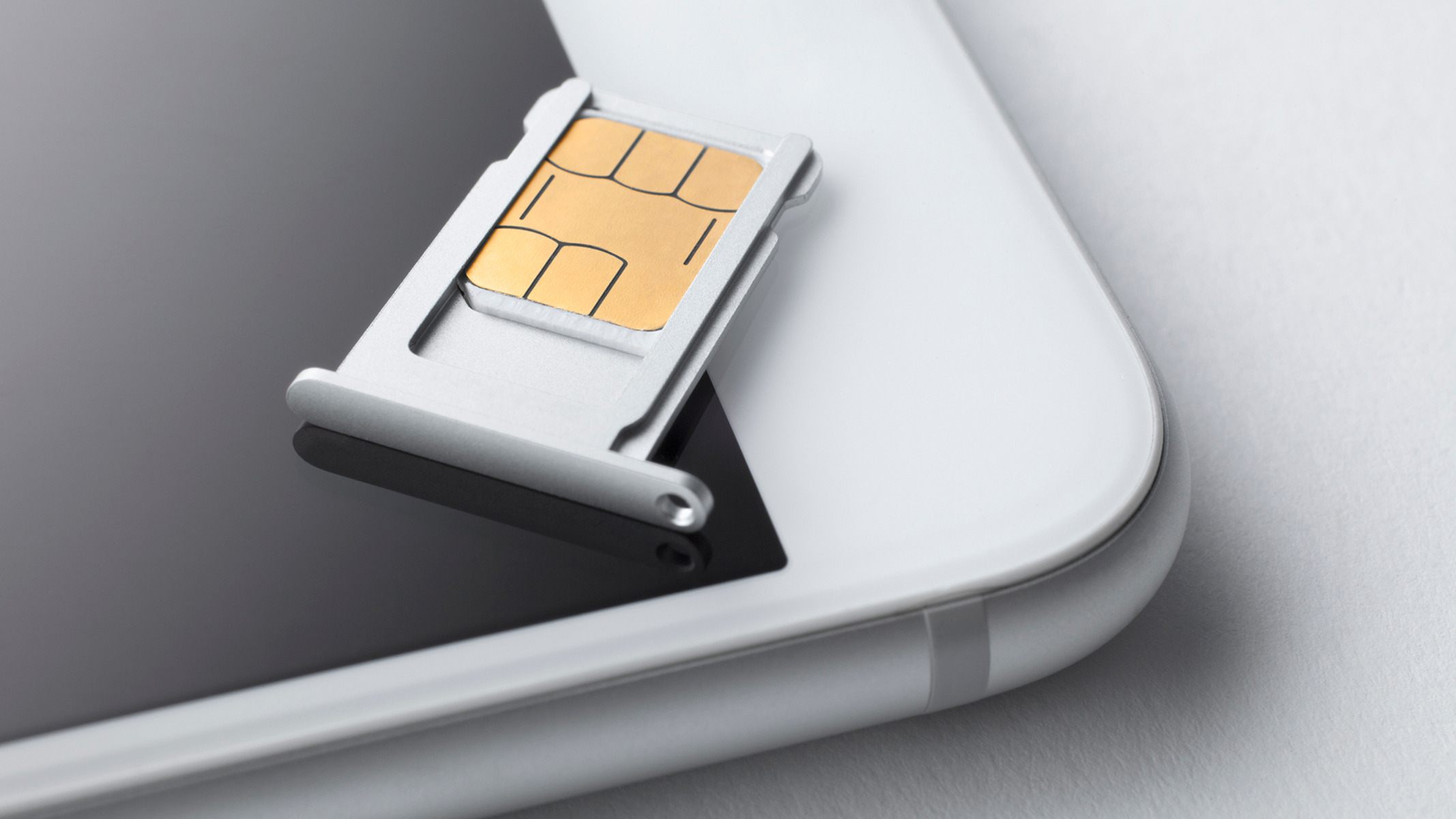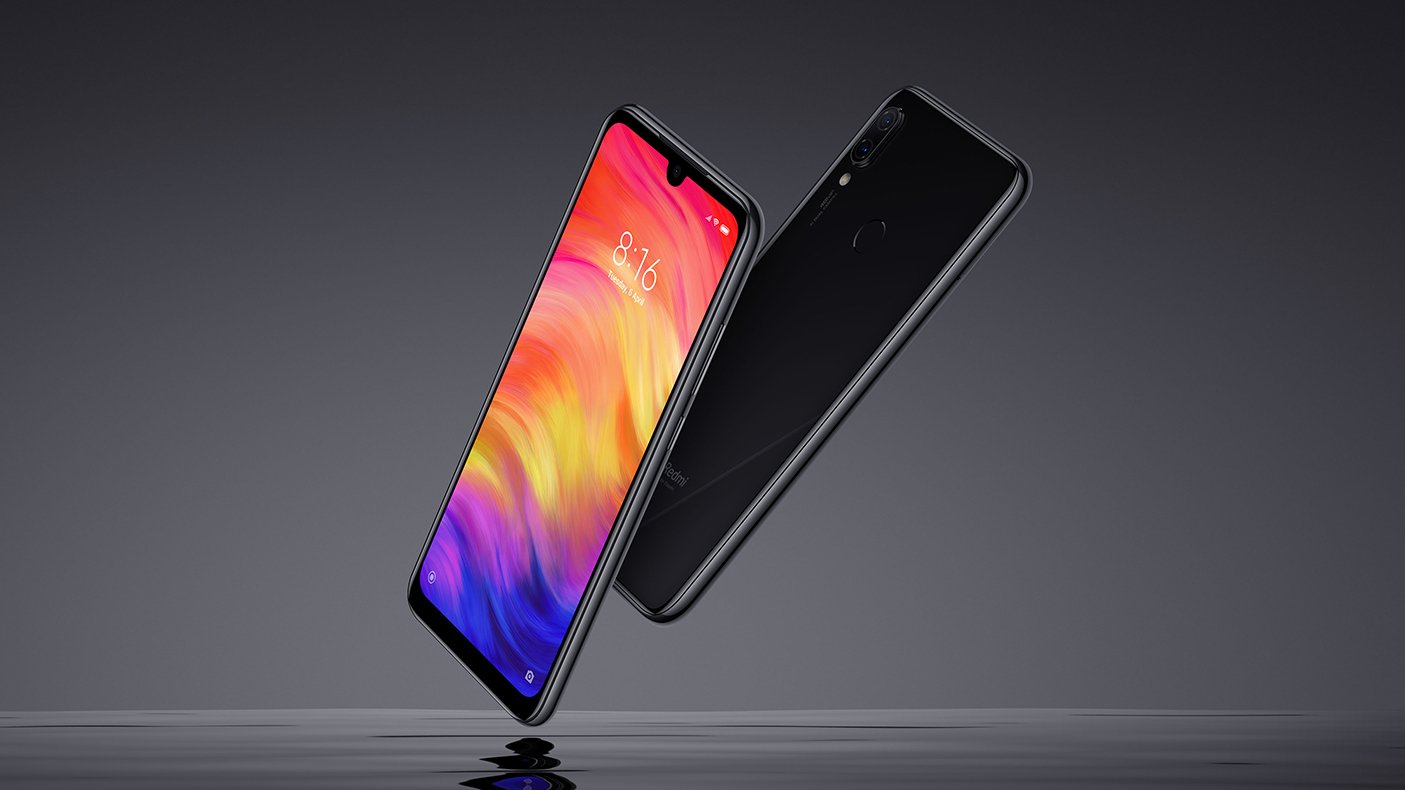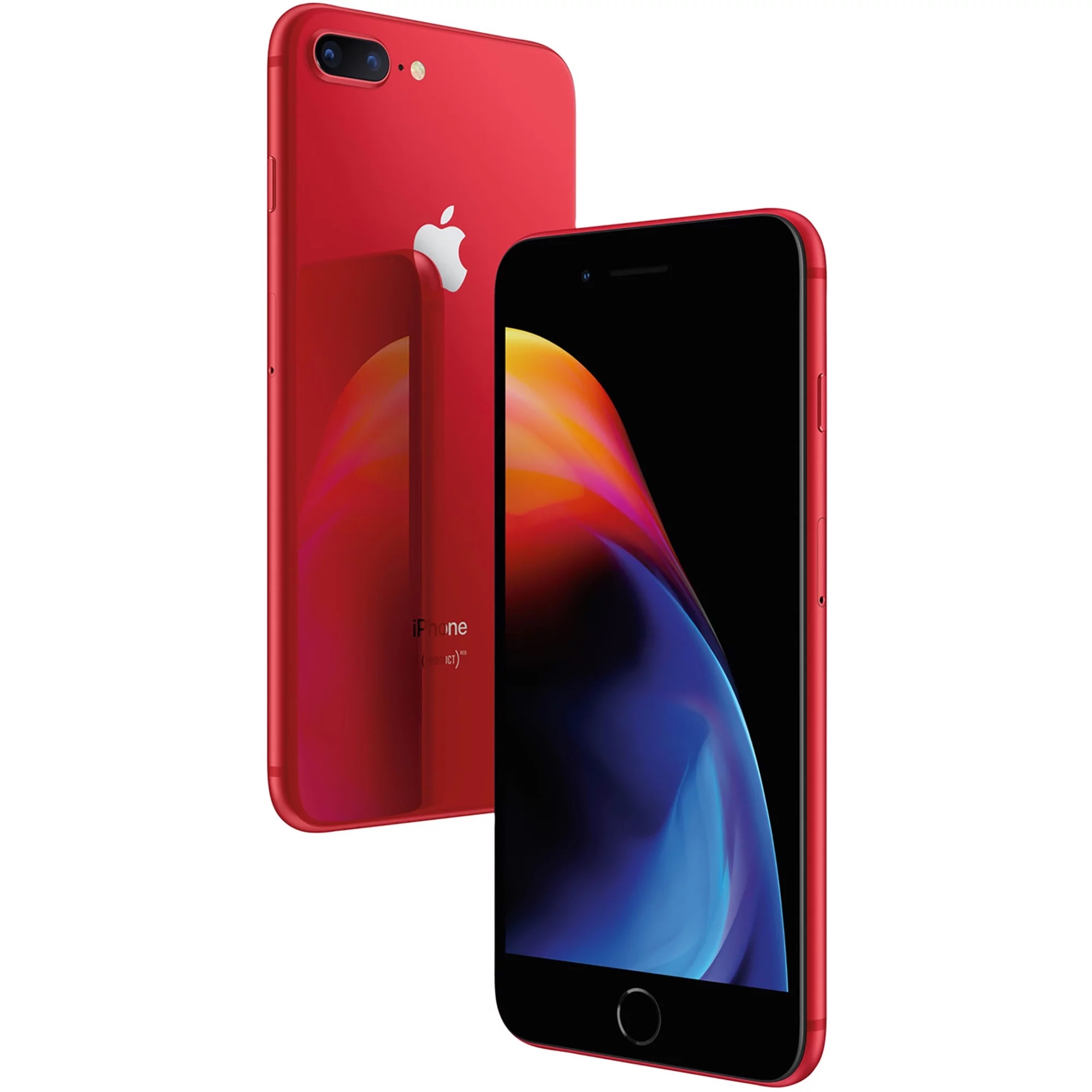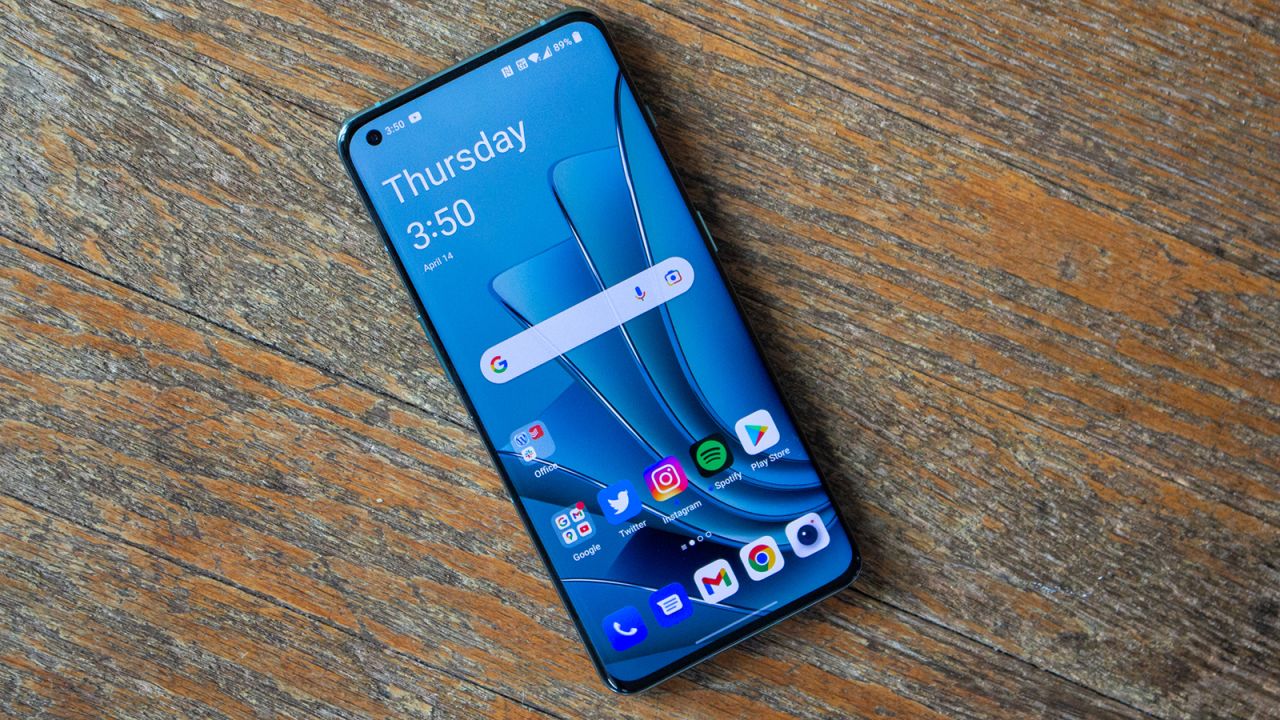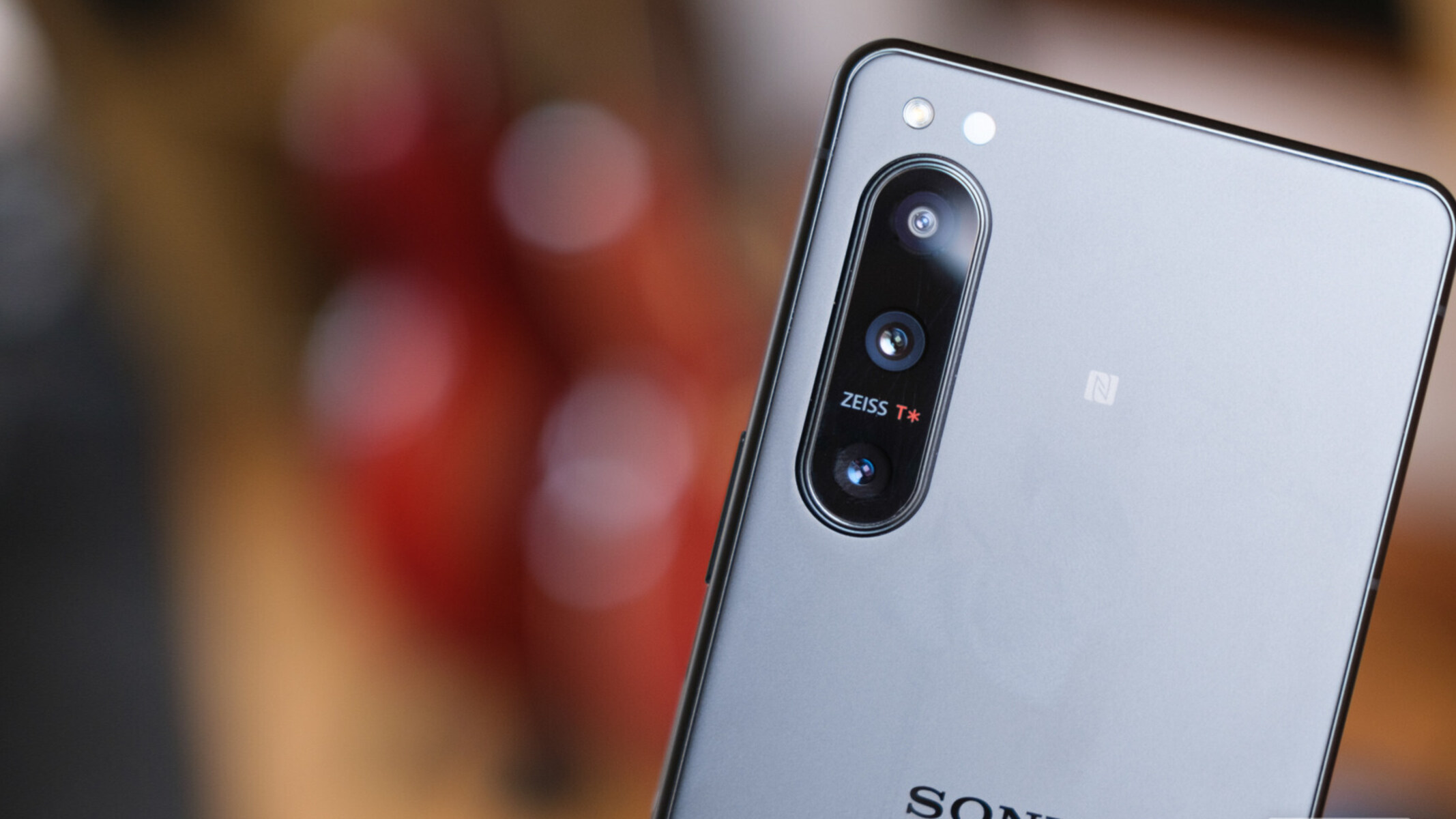Introduction
Welcome to the world of GSM smartphones! In this digital age, mobile phones have become an indispensable part of our lives. They have evolved from simple devices for making calls to powerful pocket-sized computers that connect us to the world. GSM smartphones, in particular, have had a significant impact on the way we communicate, work, and stay entertained.
GSM (Global System for Mobile Communications) is a widely used cellular network technology that enables mobile devices, such as smartphones, to connect to the internet and make calls across different regions of the world. The advent of GSM technology revolutionized the telecommunications industry by providing a standardized platform for mobile communication.
In this article, we will delve deeper into the world of GSM smartphones – how they work, the advantages they offer, and the differences between GSM and CDMA smartphones. We will also explore the technology behind GSM networks and highlight some of the popular GSM smartphone brands in the market today.
Understanding GSM
GSM, which stands for Global System for Mobile Communications, is a cellular network technology that allows mobile devices to connect to the internet and make calls. It was first introduced in the 1980s and quickly gained popularity worldwide. Today, GSM is the most widely used mobile network standard, serving billions of people across the globe.
One of the key features of GSM is its ability to use SIM (Subscriber Identification Module) cards. A SIM card is a small chip that securely stores subscriber information, such as the phone number and network provider. This allows users to easily switch between different GSM-compatible devices by simply inserting their SIM card into the new phone.
GSM operates on different frequency bands, which are used to transmit and receive signals between mobile devices and the network infrastructure. These frequency bands vary between regions and countries, ensuring that GSM devices can work seamlessly across borders.
Another important aspect of GSM is its support for various communication services. In addition to voice calls, GSM networks also enable users to send and receive text messages (SMS), multimedia messages (MMS), and access data services such as internet browsing and email. This versatility has made GSM the foundation for modern smartphones and the wide range of communication options they offer.
Additionally, GSM networks utilize advanced encryption and authentication mechanisms to ensure the security and privacy of user data. This is crucial in today’s interconnected world, where cyber threats are prevalent.
Overall, understanding GSM is essential when it comes to grasping the fundamentals of mobile communications. Its widespread adoption, compatibility with a plethora of devices, and support for various communication services have made GSM the backbone of the modern telecommunications industry.
How does a GSM smartphone work?
GSM smartphones rely on a combination of hardware and software to connect to a GSM network and provide various communication features. Here’s a simplified breakdown of how a GSM smartphone works:
- Radio communication: When you make a call or access the internet on your GSM smartphone, the device communicates with the nearest GSM tower using radio waves. These radio waves carry the voice or data signals between your phone and the network infrastructure.
- SIM card detection: Upon starting your GSM smartphone, it detects the presence of a SIM card. The SIM card contains critical information, such as your phone number and network credentials. Once the SIM card is detected, your device establishes a connection with the GSM network associated with the inserted SIM.
- Authentication: To ensure secure communication, the GSM network authenticates your smartphone using the information stored on the SIM card. This process verifies that you are a valid subscriber and have the authorization to use the network services.
- Network registration: After authentication, your GSM smartphone registers with the network. This step involves exchanging information, such as the phone’s unique identifier (IMEI) and location, with the network infrastructure. Once registered, you can make and receive calls, send messages, and access data services.
- Voice and data transmission: When you make a call, your GSM smartphone converts your voice into digital data, which is then transmitted over the GSM network. The network routes the call to the recipient, and their GSM device converts the data back into audible sound. Similarly, when you access the internet or send messages, data packets are exchanged between your smartphone and the network to facilitate communication.
It’s worth noting that GSM smartphones are designed to be compatible with different generations of GSM technology. This means that even if your device was initially released when 2G or 3G was prevalent, it can still function on newer 4G or 5G networks, albeit with limited capabilities.
Overall, the seamless functioning of a GSM smartphone relies on the integration of radio communication, SIM card detection, authentication, network registration, and voice/data transmission. This intricate process allows GSM smartphones to keep us connected wherever we go.
Advantages of GSM smartphones
GSM smartphones offer a range of advantages that have contributed to their widespread popularity. Let’s explore some of these advantages in more detail:
- Global compatibility: One of the key advantages of GSM smartphones is their global compatibility. GSM networks are widely deployed across the world, making it easier for users to access mobile services in different countries and regions. The use of SIM cards also allows for easy switching between devices and network providers.
- Wide device selection: GSM technology has fostered a diverse ecosystem of smartphones from various manufacturers. This means that you have a wide range of options when it comes to choosing a GSM smartphone, with varying features, specifications, and price points to suit your needs and budget.
- Flexible network options: GSM smartphones provide the flexibility to choose from multiple network providers. Since GSM is an open standard, it promotes healthy competition among service providers, resulting in more choices and potentially better service plans for consumers.
- Easy device swapping: With GSM smartphones, you can easily switch devices by simply removing the SIM card from one phone and inserting it into another. This is particularly beneficial if you want to upgrade your device or if your phone needs repairs. The ability to swap devices without hassle is a convenience that GSM technology offers.
- Advanced features and services: GSM smartphones support a wide range of advanced features and services beyond voice calls. You can access high-speed internet, send multimedia messages, use location-based services, download and install applications, and enjoy various multimedia content on your GSM smartphone. These advancements have made GSM smartphones versatile tools for both work and entertainment.
- Security and privacy: GSM networks employ robust encryption and authentication mechanisms to ensure the security and privacy of user data. This is crucial in today’s interconnected world, where cyber threats are prevalent. With a GSM smartphone, you can feel confident that your calls, messages, and data are protected.
In summary, GSM smartphones offer global compatibility, a wide device selection, flexible network options, easy device swapping, advanced features and services, and enhanced security and privacy. These advantages have contributed to the widespread adoption of GSM technology and its dominance in the mobile communications industry.
Differences between GSM and CDMA smartphones
When it comes to mobile network technologies, two of the most prominent options are GSM (Global System for Mobile Communications) and CDMA (Code Division Multiple Access). While both technologies serve the same purpose – enabling communication on mobile devices – there are notable differences between GSM and CDMA smartphones. Let’s explore some of these differences:
- Network compatibility: GSM smartphones are compatible with GSM networks, while CDMA smartphones work on CDMA networks. This means that a GSM phone cannot be used on a CDMA network, and vice versa. The different network technologies also affect the availability of service providers in certain regions, as some countries have adopted GSM technology, while others have embraced CDMA.
- Sim card requirement: GSM smartphones utilize SIM (Subscriber Identification Module) cards, which store subscriber information and allow users to easily switch devices by transferring the SIM. CDMA smartphones, on the other hand, do not require SIM cards. Instead, the network assigns a unique identifier to each CDMA device, which is programmed into the phone.
- Device selection: GSM technology has a wider range of device options compared to CDMA. With GSM, users have a larger pool of smartphones to choose from, spanning multiple brands and price points. CDMA smartphones have fewer options available, as the technology is primarily used by specific service providers.
- Call quality: The call quality on GSM and CDMA smartphones can vary due to differences in the network technology. CDMA is known to offer better call quality and stronger signal penetration in certain situations, such as in rural areas or buildings with thick walls. GSM networks, on the other hand, may experience clearer sound quality during crowded network conditions.
- Roaming capabilities: GSM smartphones have better international roaming capabilities compared to CDMA. Since GSM is a global standard, it is easier to use a GSM phone while traveling abroad by simply swapping in a local SIM card. CDMA, on the other hand, may require additional configurations or may not be compatible with certain international networks.
- Network technology evolution: GSM technology has evolved through different generations, from 2G to 3G, 4G, and now 5G. This means that GSM smartphones can support faster data speeds and advanced network features as the technology progresses. CDMA technology has also seen advancements, but it is more limited in terms of network evolution compared to GSM.
In summary, the main differences between GSM and CDMA smartphones lie in network compatibility, SIM card usage, device selection, call quality, roaming capabilities, and network technology evolution. These distinctions highlight the importance of considering the network technology when choosing a smartphone, especially if you have specific requirements or travel frequently.
GSM Network Technology
GSM, or Global System for Mobile Communications, is a digital cellular network technology that has revolutionized mobile communications around the world. It provides the foundation for secure and reliable communication on GSM smartphones. Here are some key aspects of GSM network technology:
- Frequency bands: GSM networks operate on various frequency bands, which vary between different regions and countries. The use of different frequency bands enables GSM phones to function internationally, as long as they support the frequency bands used in a particular region.
- Multiple access technology: GSM uses a multiple access technology called TDMA (Time Division Multiple Access), which allows multiple users to share the same frequency band by dividing it into time slots. This enables efficient use of the available spectrum and facilitates simultaneous communication within the network.
- Channel allocation: GSM networks allocate channels to users dynamically. When a GSM smartphone connects to the network, it is assigned a specific frequency and time slot for communication. This allocation is managed by the network infrastructure, ensuring seamless communication without interference.
- Mobile switching center: The Mobile Switching Center (MSC) is a vital component of the GSM network infrastructure. It connects the mobile devices to other networks, such as landlines or other mobile networks, and manages call routing, authentication, and mobility functions.
- Base transceiver station: The Base Transceiver Station (BTS) is responsible for transmitting and receiving signals to and from GSM smartphones within a specific coverage area. It is typically equipped with antennas and radio equipment to handle radio frequency transmission.
- Encryption and security: GSM networks employ encryption algorithms to secure voice and data transmission between smartphones and the network infrastructure. This ensures privacy and helps prevent unauthorized access to user information.
- Handover and roaming: GSM networks support seamless handover, which allows a call to continue without interruption when a user moves from one cell to another. This feature is particularly useful for maintaining call quality during the user’s movement. GSM also enables international roaming, allowing users to access services when traveling outside their home network through partnerships with other network operators.
The advancements in GSM network technology have paved the way for innovative features and services on GSM smartphones. From voice calls and text messages to internet browsing and multimedia content, GSM networks have transformed mobile communication into a dynamic and interconnected experience.
Popular GSM Smartphone Brands
When it comes to GSM smartphones, there are several reputable brands that have gained recognition for their quality, innovation, and user-friendly features. Let’s take a look at some of the most popular GSM smartphone brands in the market today:
- Apple: Apple’s iPhone series has achieved worldwide acclaim and popularity. Known for their sleek design, advanced camera capabilities, and seamless integration with the iOS ecosystem, iPhones have become a symbol of innovation and sophistication in the smartphone industry.
- Samsung: Samsung is a leading player in the GSM smartphone market, catering to a wide range of user preferences and budgets. The Samsung Galaxy series, with its cutting-edge technology, stunning displays, and powerful performance, has become synonymous with Android-based smartphones.
- Huawei: Huawei has gained significant traction in recent years with its flagship smartphones. Known for their impressive camera systems, sleek designs, and powerful processors, Huawei devices offer a compelling combination of style and performance.
- Google: Google’s Pixel series has garnered attention for its pure Android experience and exceptional camera capabilities. With regular software updates and integration with Google’s services, Pixel smartphones offer a seamless user experience.
- OnePlus: OnePlus has gained a loyal following by offering high-performance smartphones at competitive prices. Known for their fast charging capabilities, smooth software experience (OxygenOS), and impressive specifications, OnePlus devices have become a popular choice among tech enthusiasts.
- Xiaomi: Xiaomi has emerged as a dominant GSM smartphone brand, particularly in the affordable smartphone segment. With value-for-money devices that boast impressive features and specifications, Xiaomi has captured the attention of budget-conscious consumers.
- Nokia: Nokia, a brand with a rich history in mobile communication, has made a comeback in the GSM smartphone market. Known for their durability, reliability, and commitment to software updates, Nokia devices appeal to those seeking a nostalgic yet modern smartphone experience.
While these are just a few examples, there are numerous other reputable GSM smartphone brands in the market. The choice ultimately depends on individual preferences, such as design, software experience, camera quality, and budget. It is always advisable to explore different brands and read reviews to make an informed decision when purchasing a GSM smartphone.
Conclusion
GSM smartphones have revolutionized the way we communicate and connect with the world. With their global compatibility, wide device selection, and advanced features, GSM technology has become the cornerstone of modern mobile communication.
In this article, we explored the fundamentals of GSM technology and how GSM smartphones work. We discussed the advantages of GSM smartphones, such as their global compatibility, easy device swapping, and advanced features. We also highlighted the differences between GSM and CDMA smartphones, emphasizing factors like network compatibility and device selection.
Understanding GSM network technology is essential to grasp the intricate workings of GSM smartphones. From channel allocation and multiple access technology to encryption and seamless handover, GSM networks provide a secure and efficient platform for communication.
We also explored some of the most popular GSM smartphone brands, such as Apple, Samsung, Huawei, and Google. These brands have established themselves as leaders in the industry, offering a range of devices that cater to different user preferences and budgets.
As technology continues to evolve, GSM smartphones will continue to shape the way we communicate, work, and stay entertained. The global compatibility, advanced features, and security offered by GSM technology make it a solid choice for staying connected in today’s fast-paced world.
Whether you’re a tech enthusiast, a business professional, or a casual user, GSM smartphones have transformed the way we interact with our devices and each other. With their versatility, compatibility, and wide array of features, GSM smartphones have become an essential part of our everyday lives.







